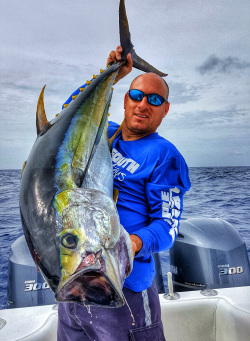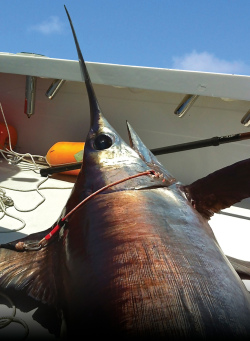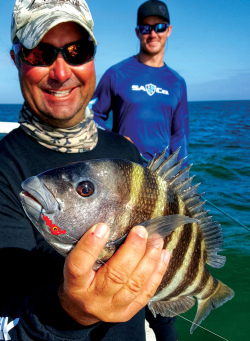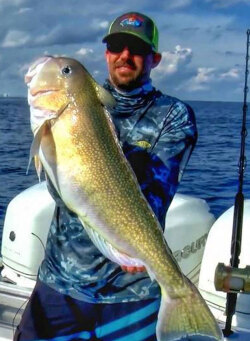This fishing video teaches valuable tips and techniques for trolling swimming plugs near reef systems or deep water with man-made structures. It covers toothy critters, setup trolling spreads, and using stout tackle. Techniques include tying haywire twists and rigging lures with wire. Fine-tuning trolling lures and changing lure bibs are also discussed.
Trolling Lures - Swimming Plugs
(00:21:03)
Watch Full Video
View Short Trailer
Instructor:
Chris Rushford
Description
/
Review
/
Instructor
Key Points of Video:
- Lipped trolling lures are highly effective for covering large water areas and reaching depths.
- Hard structure like atolls and oil platforms attract sought after game fish.
- Importance of mimicking local baitfish movement and appearance using lures with adjustable bibs (lips).
Login
to leave a review.
User Reviews
william ashworth
04.21.2022
0
Chris Jones
03.06.2021
0
David W Smith
06.06.2020
0
We Recommend
0




